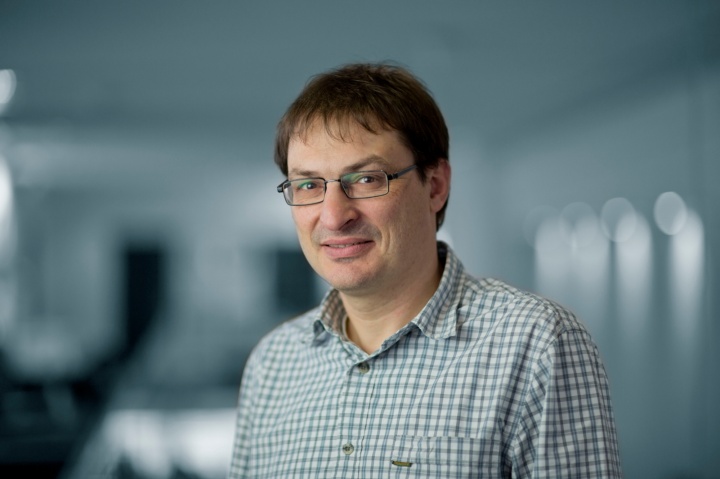General Information
The course will take place from June 12 through July 10, 2023. The dates are as follows:
- Monday, June 19, 2023 (1:15 to – 4pm CET)
- Monday, June 26, 2023 (1:15 to – 4pm CET)
- Monday, July 03, 2023 (1:15 to – 4pm CET)
- Monday, July 10, 2023 (1:15 to – 4pm CET)
- Monday, July 17, 2023 (1:15 to – 4pm CET)
The short course will be held online.
This short course is organised by SFB 1313 in collaboration with InterPore.
- InterPore Student Member: 100€ / InterPore Student Non – Member: 125€
- InterPore Academic Member:150€ / InterPore Academic Non – Member: 190€
- InterPore Industry Member: 200€ / InterPore Industry Non – Member: 300€
In the short course, we review classical linear poro-elasticity. In his today accepted form, linear poro-elasticity was developed by Maurice A. Biot for quasi-static (consolidation-like) behaviour in 1941 and extended towards acoustic waves in 1956.
We discuss the derivation of the kinematical assumptions, constitutive relations, and the resulting field equations of Biot’s formulation in detail. Within the short course, we follow concepts of continuum mixture theory.
It will be pointed out that for an isotropic homogeneous porous material, Biot’s poro-elastic constitutive equations include three elastic bulk moduli and one shear modulus. The elastic constitutive equations are complemented by Darcy’s law resulting from a linear assumption for the (viscous) momentum exchange. It is shown how the resulting boundary value problem could be numerically solved, e.g. by means of Finite Element Methods for various application problems in geomechanics and geophysics.
Further, the quasi-static poro-elastic equations are subsequently extended towards Biot’s set of equations describing acoustic waves in porous media. We derive the dispersion relations for propagating bulk waves and especially highlight the (famous) 2nd compressional wave, also denoted as Biot’s wave, in the low- and the high-frequency regime.
Further, we discuss how effective material properties of heterogeneous porous materials distinguish from properties of homogeneous media and present various typical examples of heterogeneities in geomechanical and geophysical applications.
Holger Steeb is a professor of Continuum Mechanics at the Institute of Mechanics and SC SimTech at the University of Stuttgart. Within SFB 1313 his is the principal investigator of the research projects B05 , C05 and Z02 "Porous Media Lab (PML)". His research focuses on multi-scale and multi-phase methods for materials with inherent microstructure, such as porous media. Imaging characterization methods (e.g. high-resolution X-ray tomography or microfluidics), which dissolve the pore space in porous materials and represent small-scale physical processes, form the basis for the development of powerful scale-bridging simulation methods in his group. Holger Steeb applies the developed experimental characterization methods and numerical simulation techniques to various problems in the geosciences, such as deep geothermal energy.



